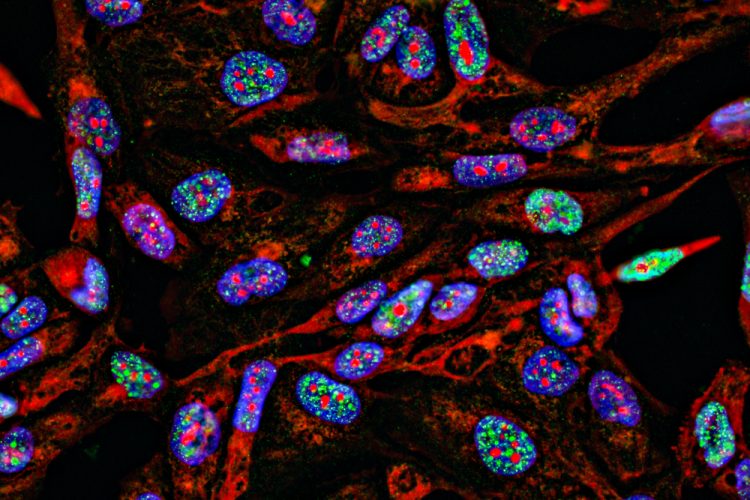Enzyme-activated fluorescent probes could revolutionise healthcare
Posted: 16 November 2023 | Drug Target Review | No comments yet
Advancements in enzyme-activated near-infrared fluorescent probes hold promise for evaluating responses to enzyme-targeting therapies.

Enzymes are crucial for normal cellular and physiological functions and are involved in numerous diseases such as cancer and diabetes because of their abnormal activity. Consequently, examining enzyme activity is a valuable strategy for diagnosing and monitoring of diseases. The need for contrast agents, low sensitivity, and spatiotemporal resolution means that conventional tools are limited. To combat this, researchers are increasingly investigating fluorescent probes for non-invasive and real-time visualisation of enzyme dynamics and corresponding disease status.
Scientists from Korea have summarised the latest advancements in the development of enzyme-activated near-infrared (NIR) fluorescent probes and their varied applications in biomedical research and medicine. Lead authors, Dr Jun-Seok Lee from Korea University College of Medicine, and Dr Juyoung Yoon from Ewha Womans University in Korea explained: “While conventional biomarker examination relies on the comparative expression level of a target enzyme, it does not reflect enzymatic activity. Enzyme-activated fluorescent probes can help monitor the dynamics of enzyme activity in vitro and in vivo.”
The three components that enzyme-activated fluorescent probes primarily consist of are: a fluorophore that emits fluorescence upon activation, a linker, and an enzyme recognition unit. The NIR-fluorophore is activated by the resulting charge or energy transfer when the probe encounters the target enzyme, which emits a detectable fluorescence. The researchers note numerous design strategies for these adaptable fluorescent probes, with many applications in studies targeting enzymes involved in key processes such as metabolic processes, neurotransmission, cell growth and cell death.
NIR-fluorescent probes are broadly utilised in biomedical imaging to visualise cells and tissues, providing highly sensitive and real-time measurements of enzyme activity in cells, and in animal disease models. Their selectivity enables the detection of anomalous enzymes specific to certain tumours or diseases, which allows for early and differential diagnosis. Also, NIR-fluorescent probes are used to outline tumour margins or specific tissues which assists surgical resection and holds promise for evaluating therapeutic responses to enzyme-targeting therapies. Their applications extend to environmental sensing, food safety, water, and air analysis as well.
Enzyme-activated fluorescent probes promise to revolutionise healthcare, providing outstanding biocompatibility, high specificity and sensitivity, and ease of use. Further research will aid the design of multi-target fluorescent probes proficient in determining different cell types and helping clinical research, diagnostics, disease monitoring, and treatments.
The study’s authors concluded: “Abnormal enzyme activity is a hallmark of several diseases. NIR fluorescent probes can be used as molecular tools for visualisation and quantification of such biomarkers. While significant advances have been made in their development, additional studies are needed to widen their bioapplications.”
The review article was published in TrAC Trends in Analytical Chemistry.
Related organisations
Ewha Womans University, Korea University College of Medicine







